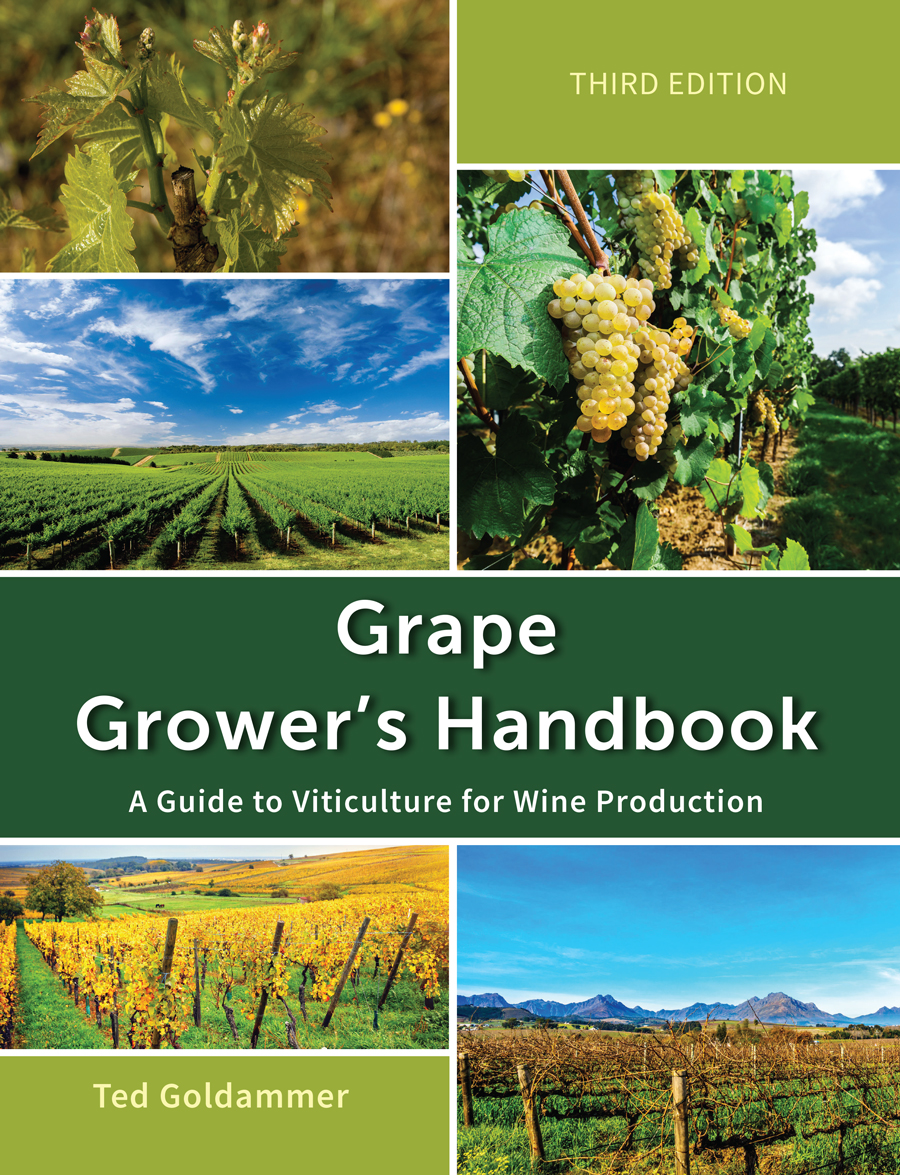Winter Protection of Grapevines
Winter Injury to Grapevines
Winter cold injury occurs after the vine has hardened and may affect buds, canes, trunks, and even roots. The primary bud is generally the first to die when exposed to cold temperature, followed by the secondary and tertiary buds. If most of the primary buds are damaged by winter injury but if a large percentage of the secondary buds survive then there may be still the potential for a moderate to normal crop (Zabadal et al., 2007). The tertiary buds although having negligible fruitfulness are very important for developing leaf area. Low temperature can kill canes and trunks too.
Assessing Winter Injury to Grapevines
Bud Damage
For each variety in a suspect block, it is necessary to sample the percentage of primary bud survival. Making decisions for crop levels and overall vine health is best estimated from primary buds and this is best achieved by evaluating bud survival prior to pruning. Dead buds will appear brown or black, whereas live buds will be a light-green color. A blackening or browning of the entire bud indicates bud kill by cold temperatures.
Cane and Trunk Damage
Cold injury to the vascular tissues of canes and trunks is more serious than bud injury to the long-term health of the vine. Cane and trunk cold injury is diagnosed by making shallow, longitudinal cuts into the wood (or scraping away the bark tissue) and examining the phloem and cambial regions for browning.
Click on the following topics for more information on winter protection of grapevines.

